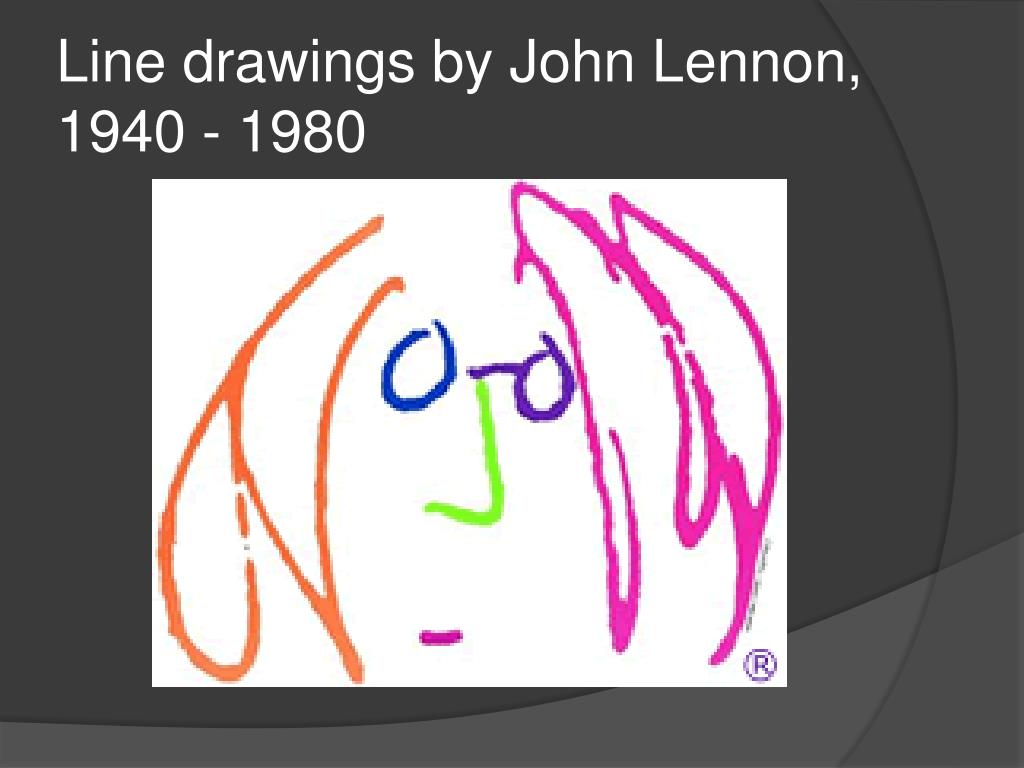
CLIVAR Multi-Model Large Ensemble Archive, which can be downloaded following instructions at. Our work raises the possibility that the recent trends toward more La-Niña-like conditions may be partly a response to anthropogenic forcing, even though most existing climate model and paleoclimate evidence suggests that trends will eventually reverse toward more El-Niño-like conditions, with an associated shift in regional climate trends.ĬMIP5 LE data were obtained from the U.S.

We find a particularly large discrepancy in the rate of warming within the western Pacific Ocean and eastern Indian Ocean, which suggests that models have systematic biases in the response of sea-surface temperature patterns to anthropogenic forcing, because the contribution of natural variability to multi-decadal trends is thought to be relatively small in this region. We show that the spatial pattern of observed surface temperature changes since 1979 is highly unusual, and many aspects of it cannot be reproduced in current climate models, even when accounting for the influence of natural variability.

Regional climate change depends not only on the magnitude of global warming, but also on the spatial pattern of warming. Disparate trends in the ratio of Indo-Pacific Warm Pool to tropical-mean warming, which shows little multi-decadal variability in models, hint that model biases in the response to historical forcing constitute part of the discrepancy. We find large-scale differences between observed and modeled trends that are very unlikely (<5% probability) to occur due to internal variability as represented in models. Here we investigate the ability of 16 climate model large ensembles to reproduce observed sea-surface temperature and sea-level pressure trends over 1979–2020 through a combination of externally forced climate change and internal variability.

In contrast, state-of-the-art coupled climate models generally project enhanced warming in the eastern equatorial Pacific, Walker circulation weakening, and Southern Ocean warming. Observed surface temperature trends over recent decades are characterized by (a) intensified warming in the Indo-Pacific Warm Pool and slight cooling in the eastern equatorial Pacific, consistent with Walker circulation strengthening, and (b) Southern Ocean cooling.


 0 kommentar(er)
0 kommentar(er)
